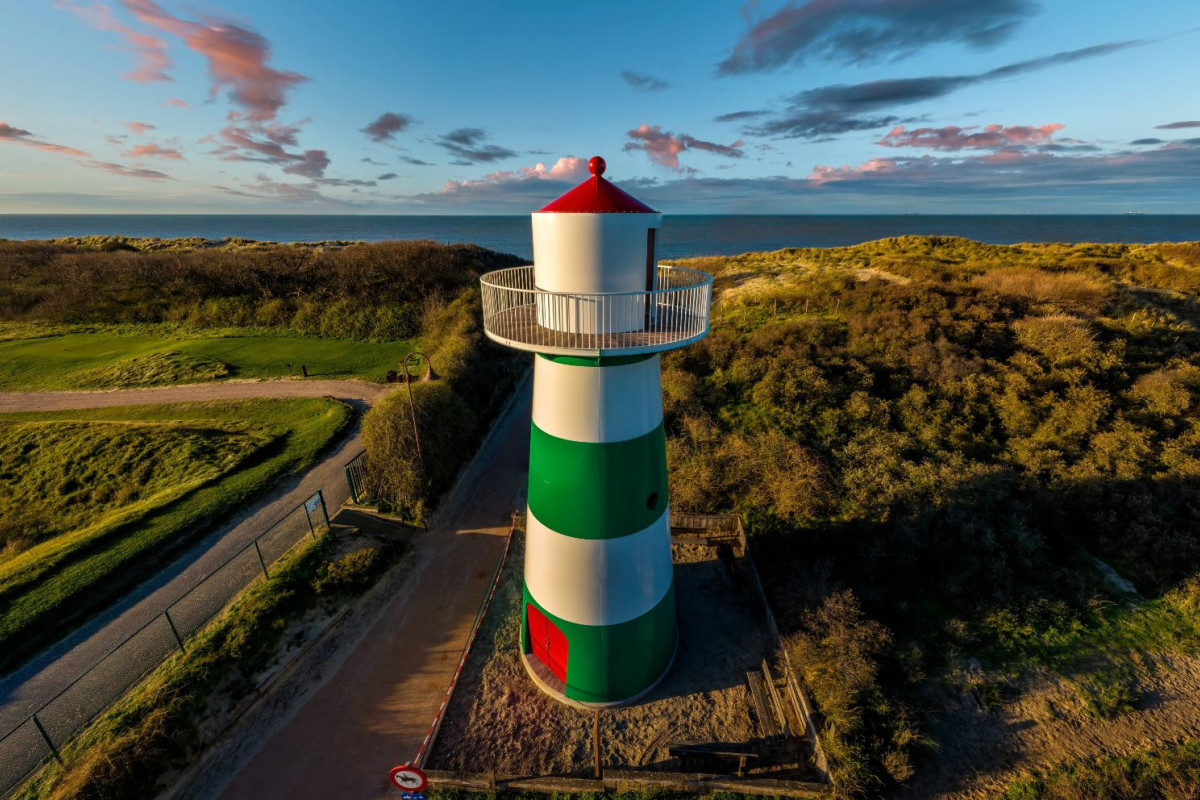
Looking for suitable accommodation? On our route planner you can find a wide range of accommodation along this route.
Not to be missed along the way
Thermae Palace
The iconic Thermae Palace Hotel was designed in Art Deco style, the celebratory opening of which took place on 28 June 1933 in the presence of King Albert I and Queen Elisabeth. The building consisted of the Grand Hotel itself, a swimming pool filled daily with fresh seawater, the thermal baths and a thermal institute. In the drinking hall, adorned with allegoric frescoes, the Albert I spring was found with water that was said to have been beneficial for stomach issues. The thermal baths lay dormant between 1940 and 1980. The swimming pool did however remain in use during that period as the urban swimming pool of Ostend (until 1976). In 2002, the building became a listed monument. Today, it is in use as a hotel with 130 rooms and is awaiting a thorough renovation.
Zwin Nature Park
In 1952, Count Léon Lippens, then director of the real estate company Compagnie het Zoute, nature lover and bird connoisseur, founded the ‘Het Zwin’ nature reserve. It was the first Flemish ‘reserve’ and it covered 150 hectares. A year later, the Compagnie turned the former royal garden into an educational bird park, where visitors could get up close and personal with native birds. Then a groundbreaking and successful concept. In 2006, the bird park came into the hands of the Province of West Flanders. The tidal flats (Zwinvlakte) was purchased by the Flemish Government’s Agency for Nature and Forests. The new Zwin Nature Park was opened in 2016 and is now an interactive nature experience park with permanent and temporary exhibitions, a hut trail, a panorama tower and, of course, the 333 hectares of the tidal flats as an unmissable nature experience.